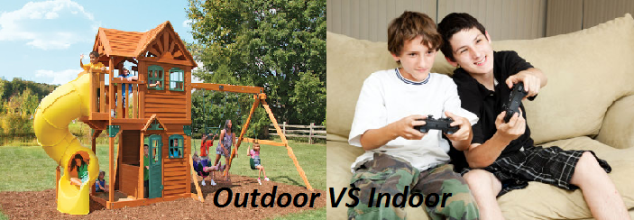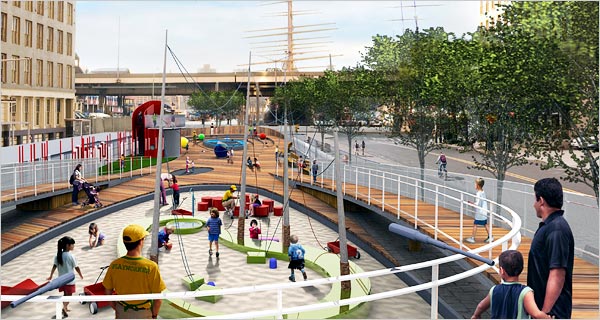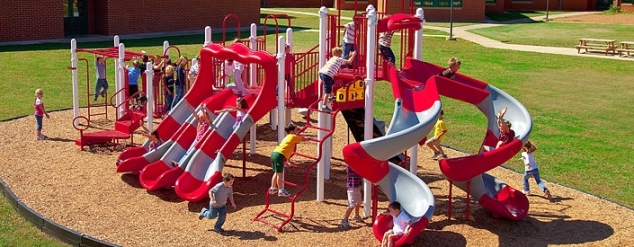
You are sitting with your mommy friends, gossiping about trends and the other minor things that you desperately want to speak of but somehow can’t find an outlet. Suddenly you hear an echoing scream, you turn and it’s not your child in agony, it’s one of the precious youngsters of one of your mommy friends who are now staring at you, judging you for your parenting. You want to dig a hole and disappear in it forever. You do not want to deal with this, not again!

This happens to most parents. If your child usually gets caught doing things on the playground that he is not supposed to, then it’s time to have some talk. There are several essential things that your child should absolutely bear in mind while playing on the outdoor playground equipment in a community park. These things are:
- A habit to say please and apologize for a mistake
- Consideration of other children’s feelings
- Patience on the playgrounds
- Ability to tolerate other children’s bad behaviors

OK, I get it, you have tried it and it’s hard to make kids follow the rules. To make things easier for you, I have made a list of books that you will find helpful. See below:
- Please and Thank You: A Pirate Pete and Princess Polly book
Author: Amanda Li - Manners At Parties
Author: Arianna Candell - Manners at the Park
Author: Arianna Candell - Manners On Holiday
Author: Arianna Candell - Manners in School
Author: Arianna Candell - Say please, Louise!
Author: Phil Roxbee Cox - How Do Dinosaurs Eat Their Food?
Author: Jane Yolen - Never Say No to a Princess!
Author: Tracey Corderoy

- Little Croc and Bird
Author: Tony Maddox - Manfred the Baddie
Author: John Fardell - I Don’t Care!: Learning About Respect
Author: Brian Moses - Playing in the Park (Why Manners Matter)
Author: Jillian Powell - At Home (Why Manners Matter)
Author: Jillian Powell - Going Shopping (Why Manners Matter)
Author: Jillian Powell - I Can Make a Difference: A First Look at Setting a Good Example
Author: Pat Thomas - Everybody Matters: A First Look at Respect for Others
Author: Pat Thomas - ATCHOO: The Complete Guide to Good Manners
Author: Mij Kelly
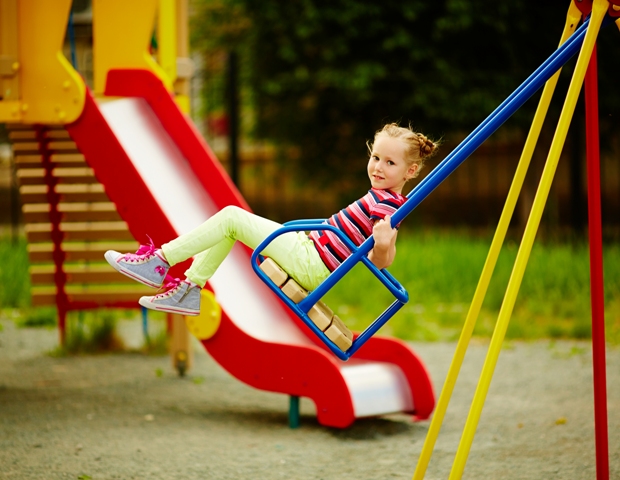
- Excuse Me!
Author: Lisa Kopelke - How Should I Behave?
Author: Mick Manning - Excuse Me: Learning About Politeness
Author: Brian Moses - Little Princess – I Want My Dinner!
Author: Tony Ross - The No-No Bird
Author: Andrew Fusek Peters - Rude Rabbit
Author: Jacqui Hawkins - Don’t Dip Your Chips in Your Drink, Kate
Author: Caryl Hart - Do Unto Otters: A Book about Manners
Author: Laurie Keller - Selfish Sophie
Author: Damian Kelleher - Tissue, Please!
Author: Lisa Kopelke - The Happy Book
Author: Malachy Doyle - Lively Elizabeth
Author: Mara Bergman

What do you to make sure your kid does not cross his limits while playing with the commercial playground equipment? Do you have a certain strategy? Share your opinion with us through our comment section below.



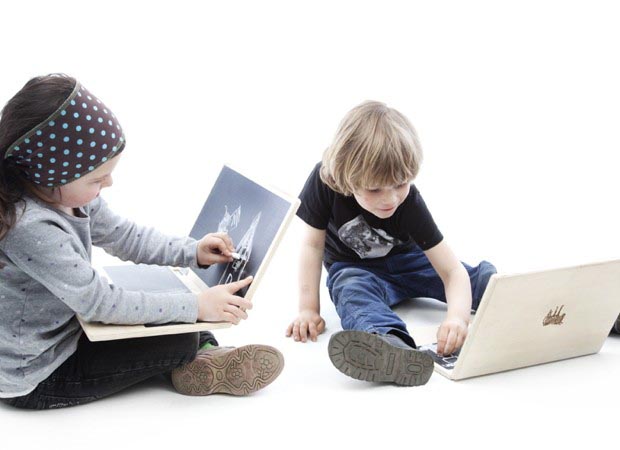












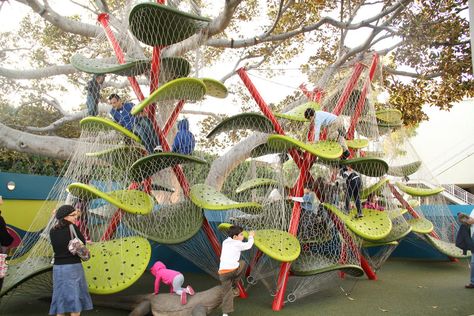 Is your child aware of the wonders buried under the rocks? The myriad colonies of ants and crawling insects, ready to be explored. How about the breathtaking mallard nest in the flower pot, or the perfect synchronization of the birds flocking together? If you think about it, all of these naturally occurring phenomena around us seem trivial, but if you really think about it, you will come to understand that these happenings contain nature’s most valuable lessons. So if your child is keen on spending his afternoon with a screen-based device, here’s what you can do:
Is your child aware of the wonders buried under the rocks? The myriad colonies of ants and crawling insects, ready to be explored. How about the breathtaking mallard nest in the flower pot, or the perfect synchronization of the birds flocking together? If you think about it, all of these naturally occurring phenomena around us seem trivial, but if you really think about it, you will come to understand that these happenings contain nature’s most valuable lessons. So if your child is keen on spending his afternoon with a screen-based device, here’s what you can do:

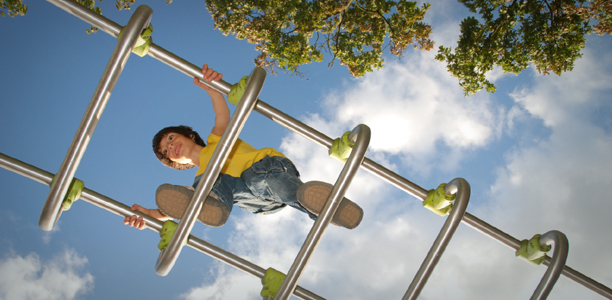 Do you think your child has enough self-confidence to accomplish academic success? A recent survey result showed that most parents feel like their children could do better in school, but they are not sure what could be done to make that happen. In this article, we will look at the importance of teaching kids the art of risk taking. Many parents confuse over-confidence with risk-taking. Let’s look into how risk taking can help our kids achieve their future endeavors and how playgrounds can help them make better risk takers.
Do you think your child has enough self-confidence to accomplish academic success? A recent survey result showed that most parents feel like their children could do better in school, but they are not sure what could be done to make that happen. In this article, we will look at the importance of teaching kids the art of risk taking. Many parents confuse over-confidence with risk-taking. Let’s look into how risk taking can help our kids achieve their future endeavors and how playgrounds can help them make better risk takers.
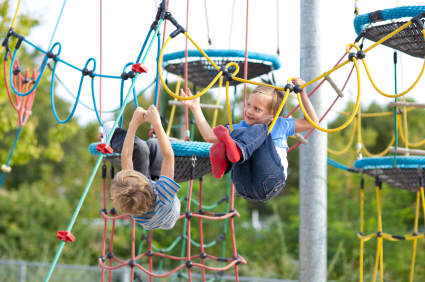 Learning to take risks is an important component of a child’s overall success in life. Nothing can be achieved without risks, and children need to learn that. What could teach kids better about risk than playgrounds and
Learning to take risks is an important component of a child’s overall success in life. Nothing can be achieved without risks, and children need to learn that. What could teach kids better about risk than playgrounds and 